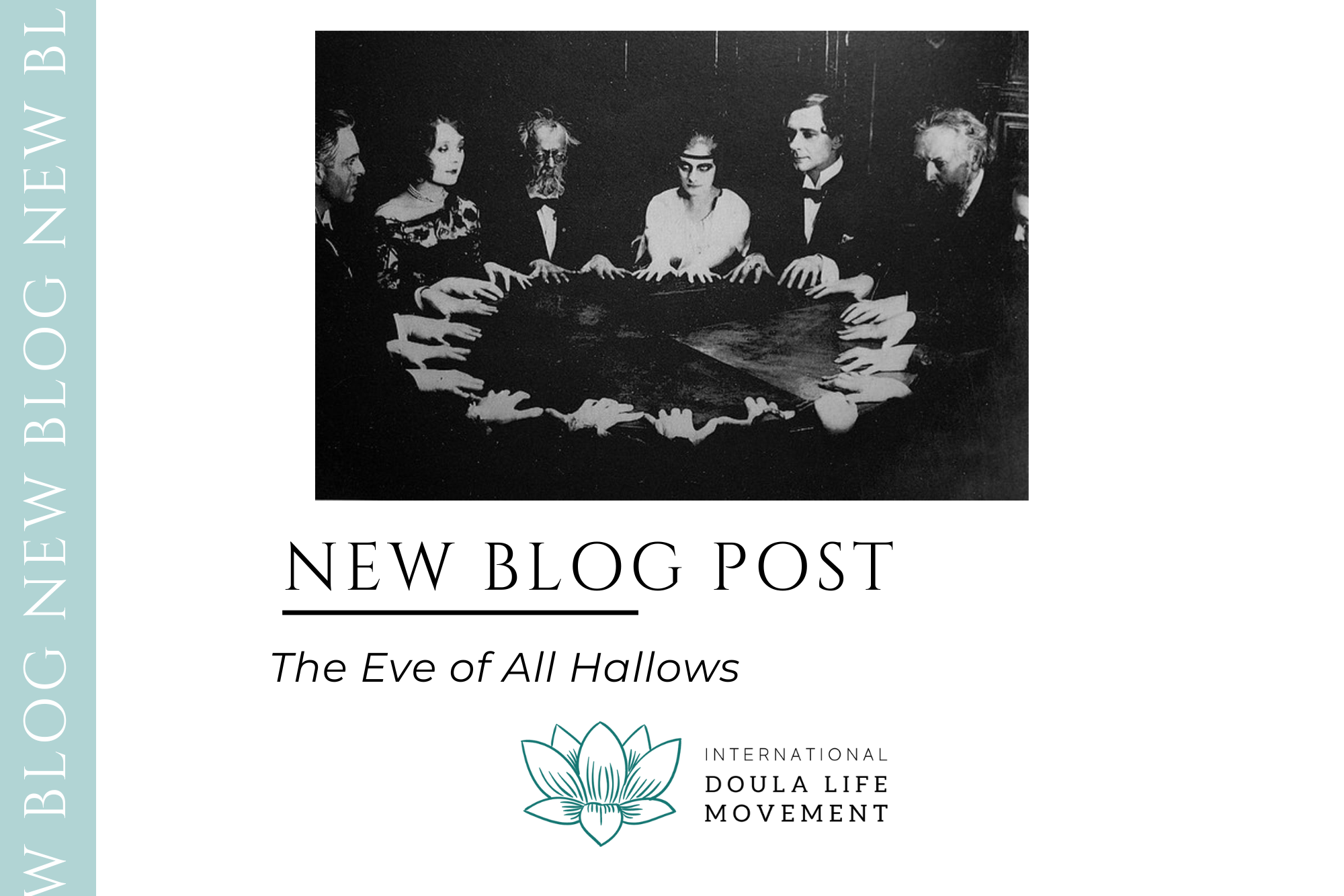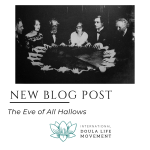Happy Halloween!
I think more than half the people in my life would name Halloween as their favorite holiday. Some like the candy, some are just into the fall season in general, and pretty much everybodyloves dressing up (or at least watching other people dress up)!
What you may not realize is that Halloween is one of the most ancient European holidays. In fact, it’s only a piece of what was once considered to be the real celebration—and usually not even the most important part!
You probably know that the word “Halloween” is a shortening of “All Hallows’ Eve.” Just like Christmas Eve marks the night before Christmas, All Hallows’ Eve is the night before All Hallows’ Day, or All Saints’ Day, as it is still known in some parts of the world. This was a major religious holiday throughout the Middle Ages and is still celebrated in Catholicism. Every Catholic saint has their own day of celebration, but All Saints’ Day was a big deal because that was the day when the people celebrated… well… all the saints at once. The next day, November 2, is All Souls’ Day, which is set aside for people to remember all their deceased loved ones, sainted or not.
In the United States most people no longer observe All Saints or All Souls Day, but there are still places where these days are important. In Poland, Hungary, and other parts of Eastern Europe, All Souls Day is considered more important and is a recognized national holiday which many people use for religious observance. In Mexico, these three days are only the beginning of the famous Day of the Dead celebration, which actually lasts for a full week. In the Philippines, many people take this day to visit the graves of their loved ones, sometimes bringing offerings of food or flowers to please the spirits. In some ways, these celebrations resemble the ways that citizens of the US celebrate their lost loved ones on Memorial Day by visiting gravesites and putting down flowers.
But in fact this celebration of the dead is even older than the Catholic Church. Historians have connected modern and Medieval All Saints celebrations with the ancient Roman pagan festival of Lemuria in Southern Europe, and the ancient Druidic holiday of Samhain in the Celtic regions of Northern Europe. There is no telling how long ago these festivals truly originated. Which all makes sense when you think about it. (Obviously this isn’t just a Western phenomenon—there are annual festivals to celebrate the dead in African and Asian countries as well, but these are not connected to our Halloween.) People have been dying for as long as there have been people—death is the one constant we can be sure of throughout all human history, in every culture in every part of the world. And people have been grieving and wondering about what comes next for nearly as long.
So this Halloween, or maybe the next day, take some time to reflect on the real reason for the season. All those spooky skeletons and ghosts aren’t just coming back for a party, they’re here to remind us that someday, each and every one of us is going to join them.
Incidentally, is your advance care plan up to date?






